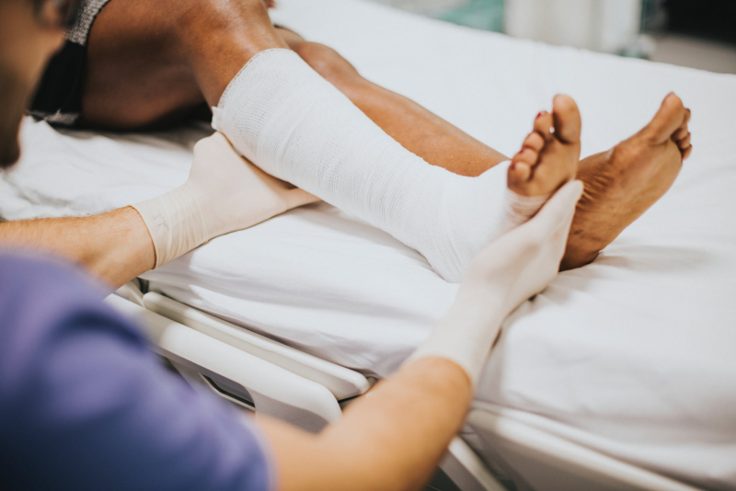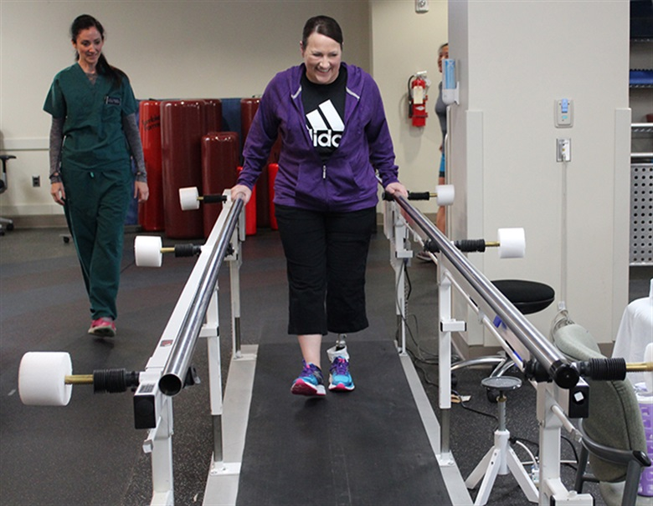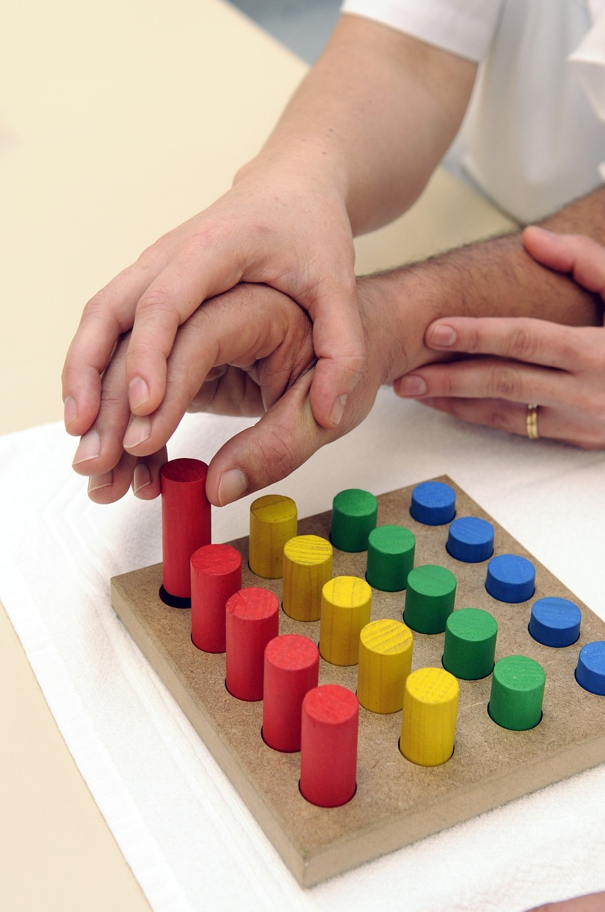
If you are thinking about pursuing a career in healthcare, the many different options may seem overwhelming at first. From medicine or dentistry to physical therapy or occupational therapy, among others, it can be difficult to discern which one is right for you. When it comes to choosing a career, it is important to learn about the differences between each field so you can determine which is the best fit. Physical therapy and occupational therapy often get paired as essentially the same field, however there are key differences that make them unique career paths and it is important to take these into account before choosing a track.
What is the difference between physical therapy and occupational therapy?
The main difference between physical therapy and occupational therapy is that a physical therapist’s focus is on improving strength and mobility in specific areas of the body, while an occupational therapist’s focus is on improving patients’ abilities to perform everyday tasks in the home and workplace in order to improve quality of daily life.
Both PTs and OTs help patients who are recovering from injuries, surgeries, illnesses, or other events that have an effect on a patient’s ability to move a part of their body or do basic daily tasks, as well as patients who have cognitive or physical disabilities that affect their movement or daily life. Oftentimes, the patients of physical therapists and occupational therapists overlap, especially in rehabilitation facilities focusing on helping patients post-stroke, injury, or surgery.
Physical Therapy
Physical therapists focus on helping people be more physically healthy by walking patients through strengthening exercises to improve mobility. A large part of a physical therapist’s role can also include helping patients prevent future injuries. Physical therapists work in both inpatient and outpatient settings, including visiting patients in their homes, and with all ages and ability ranges of patients.

Physical therapists get a Bachelor’s degree and then go on to get a three-year doctoral degree in physical therapy. Requirements for entrance into physical therapy schools include prerequisite courses, passing the GRE exam, and knowledge or ability to perform the Essential Functions of Physical Therapy, among others. Some schools require a minimum number of volunteer/work/job shadow hours in physical therapy (e.g. GVSU requires a minimum of 50 hours). Our Health Professions Advisor Mary Kay Dobbins emphasizes shadowing experiences and recommends that students double the number of required shadowing hours for a given school.
Possible Areas of Focus:
- Treating and preventing injuries for professional, college, or high school athletes
- Working with hospital patients post-surgery or post-injury
- Treating patients in rehabilitation facilities post-injury
- Working with special needs patients to improve coordination and movement
- Working in or running a clinic for all types of patients
Occupational Therapy
Occupational therapists focus on helping patients perform daily tasks at their occupations more effectively, as well as in their daily lives, such as getting dressed, cooking, brushing their teeth, and other activities. There are five activities of daily living (ADLs) that directly affect the quality of a patient’s life if they are unable to perform them: (1) feeding one’s self, (2) bathing one’s self, (3) dressing one’s self, (4) being able to use the bathroom without assistance, and (5) being able to transfer one’s self without assistance (e.g. from a bed to a chair). Occupational therapists work with patients to restore ADLs that they can no longer perform or create plans and adaptations to work around any ADLs that cannot be restored. Occupational therapists work in both inpatient and outpatient settings, including visiting patients in their homes and workplaces. Since occupational therapists consider a patient’s well-being from both a physical and mental standpoint, they work in a wide variety of fields and work with patients to help them become happy with their daily life alongside more physically able.

Occupational therapists typically get a Bachelor’s degree and then go on to complete a two-year master’s degree. There are also schools that offer a doctoral degree in occupational therapy in three years (although none in Michigan). In the near future, occupational therapy is anticipated to move to a doctoral degree only. Requirements for entrance into occupational therapy schools include prerequisite courses and passing the GRE exam, among others. Similar to the requirements for physical therapist candidates, some OT schools require a minimum number of work/volunteer/job-shadow hours in the field.
Possible Areas of Focus:
- Working with patients in rehabilitation facilities post-injury or stroke to help patients “re-learn” how to perform ADLs
- Working with patients in homes and workplaces in order to help them adapt to their physical limitations
- Working with children in schools to teach academic, play, self-care, and transitional/work-related skills
- Working with elderly patients to increase ability to perform ADLs or adapt to their inability to perform these skills
Which one is right for you?
Both physical therapists and occupational therapists see patients long-term or short-term depending on the area that they work in. Both types of therapists are able to individualize care-plans according to individual patients’ needs. Physical therapy might be better for you if you are passionate about helping patients recover from injuries or surgeries by helping them improve mobility and strength. Occupational therapy might be better for you if you are passionate about improving the daily quality of your patients’ lives and helping people adapt to different injuries or disabilities. If you are still on the fence about whether you want to pursue a career in physical therapy or occupational therapy, job shadowing and/or talking with physical and occupational therapists can be a really good avenue to explore what it is really like to work in these fields.
Other Resources:
For pre-health professions prerequisites and organization websites: https://hope.edu/academics/pre-health/
Sources:
- https://otaonline.stkate.edu/blog/fields-occupational-therapy-and-physical-therapy-whats-difference/
- https://www.masmedicalstaffing.com/2018/06/26/ot-vs-pt/
- https://www.allalliedhealthschools.com/physical-therapy/occupational-therapist-vs-physical-therapist/
- https://www.gmercyu.edu/academics/learn/occupational-therapy-vs-physical-therapy

